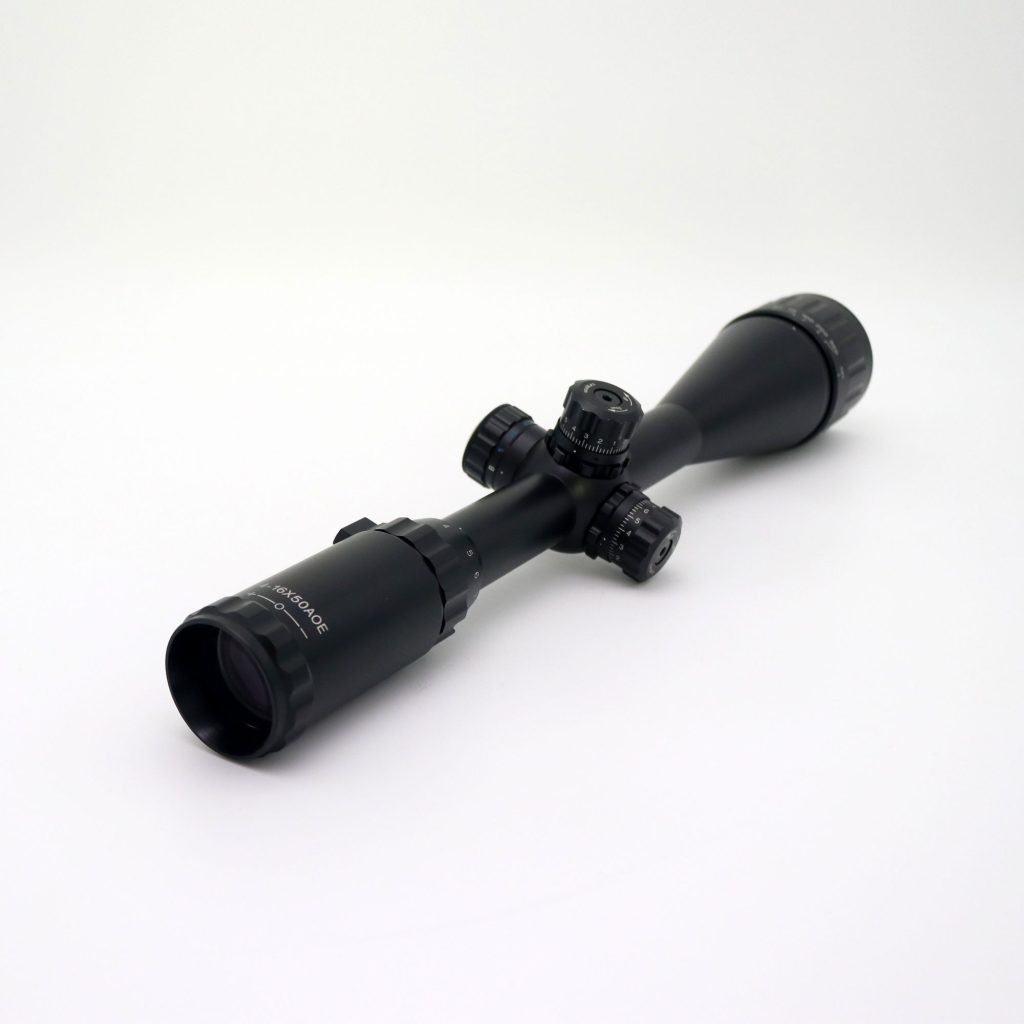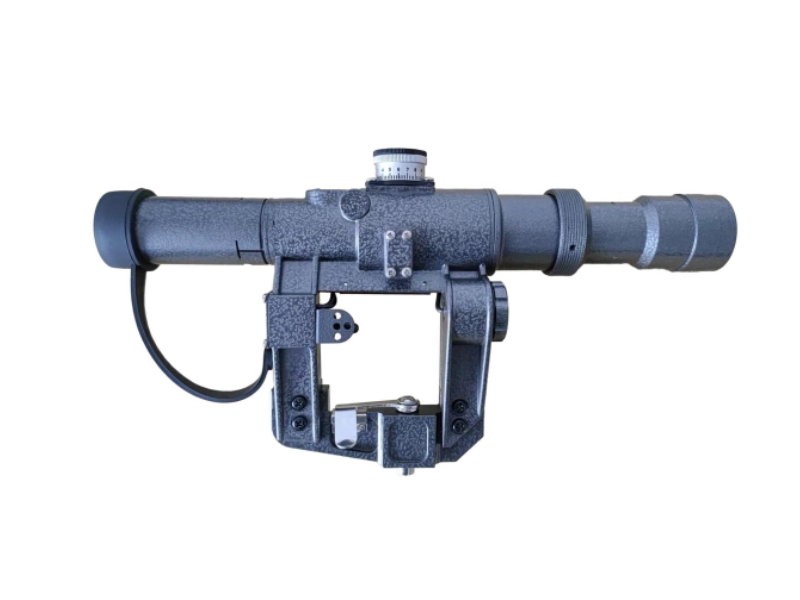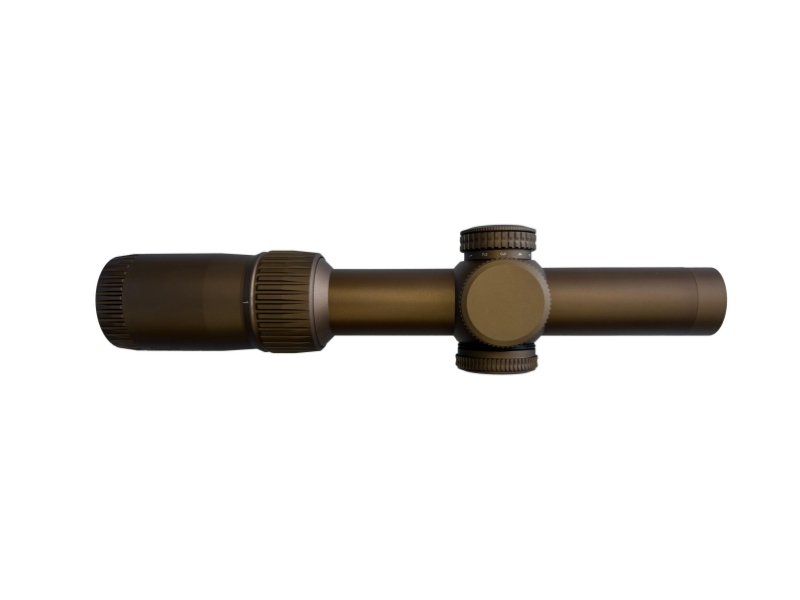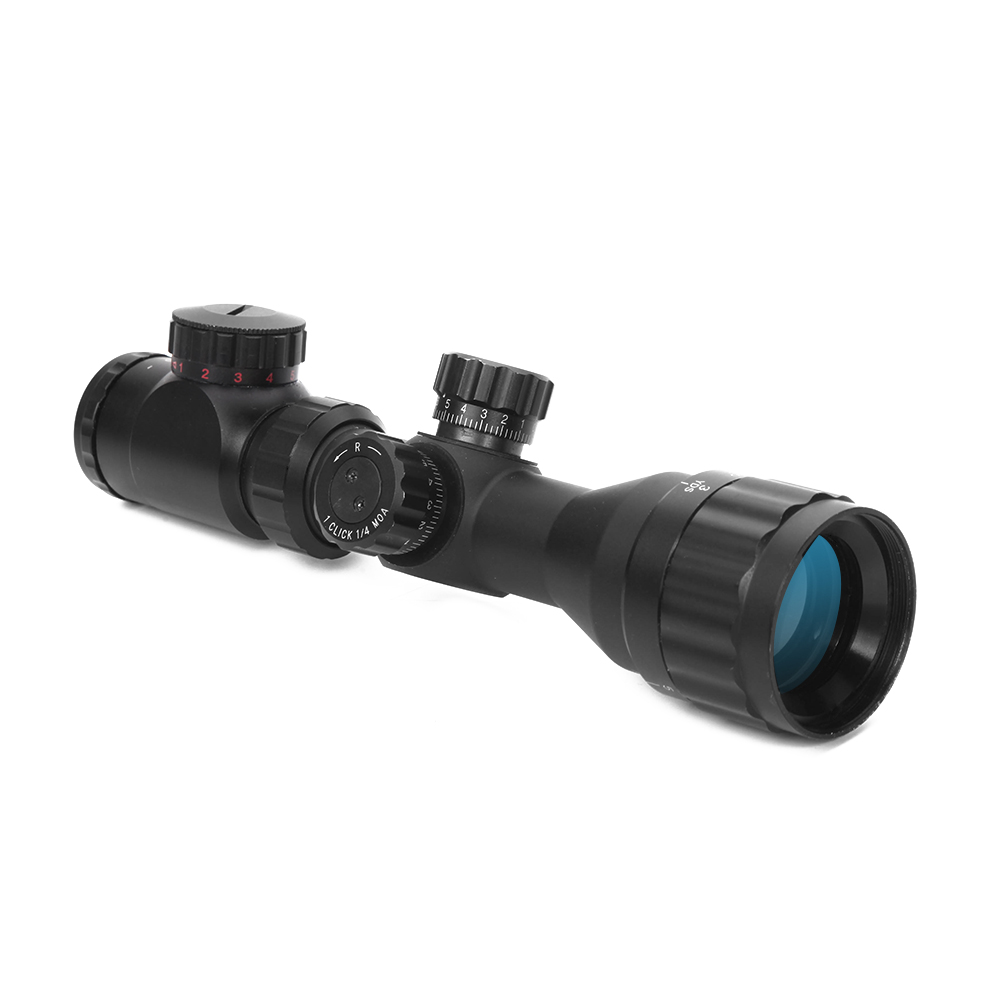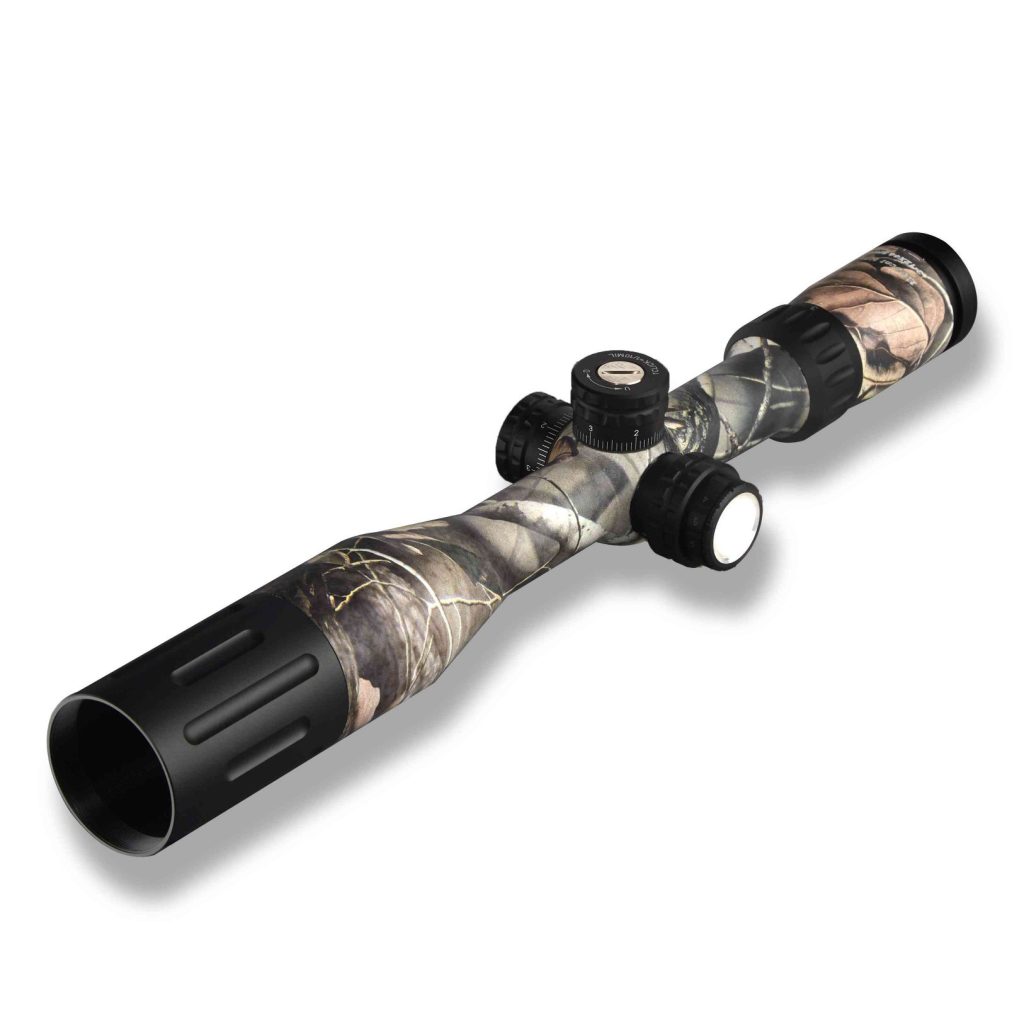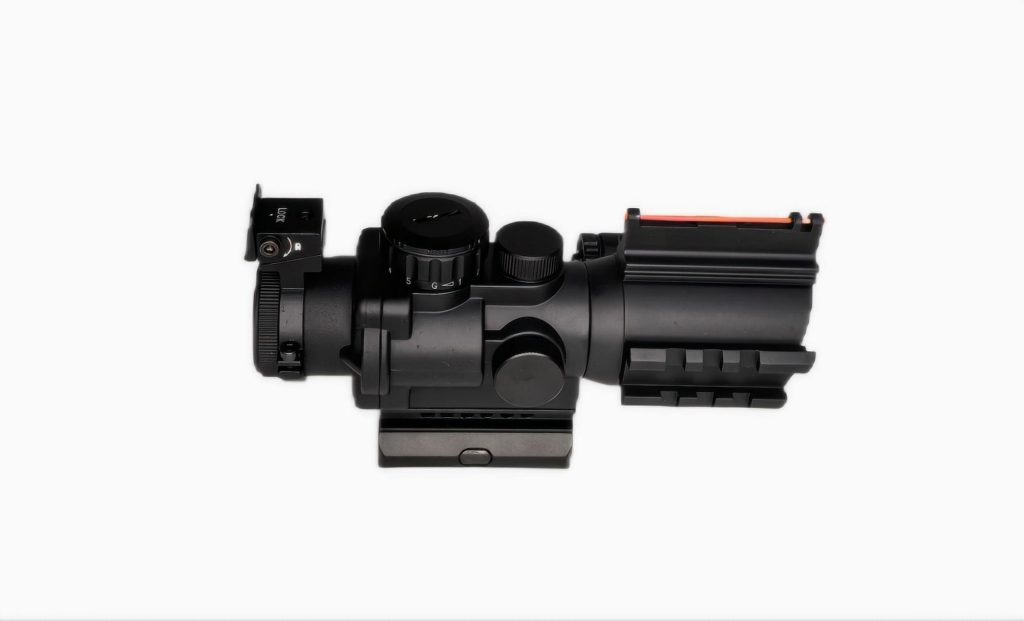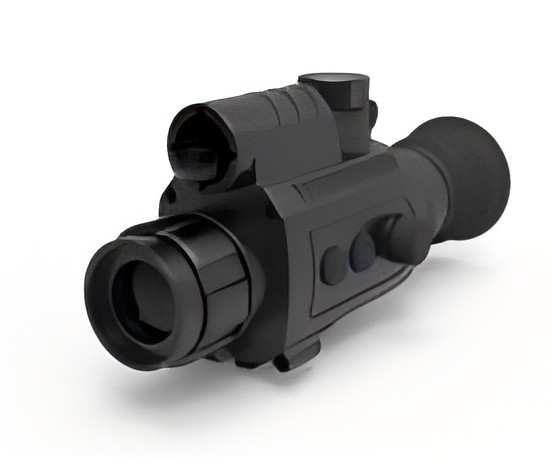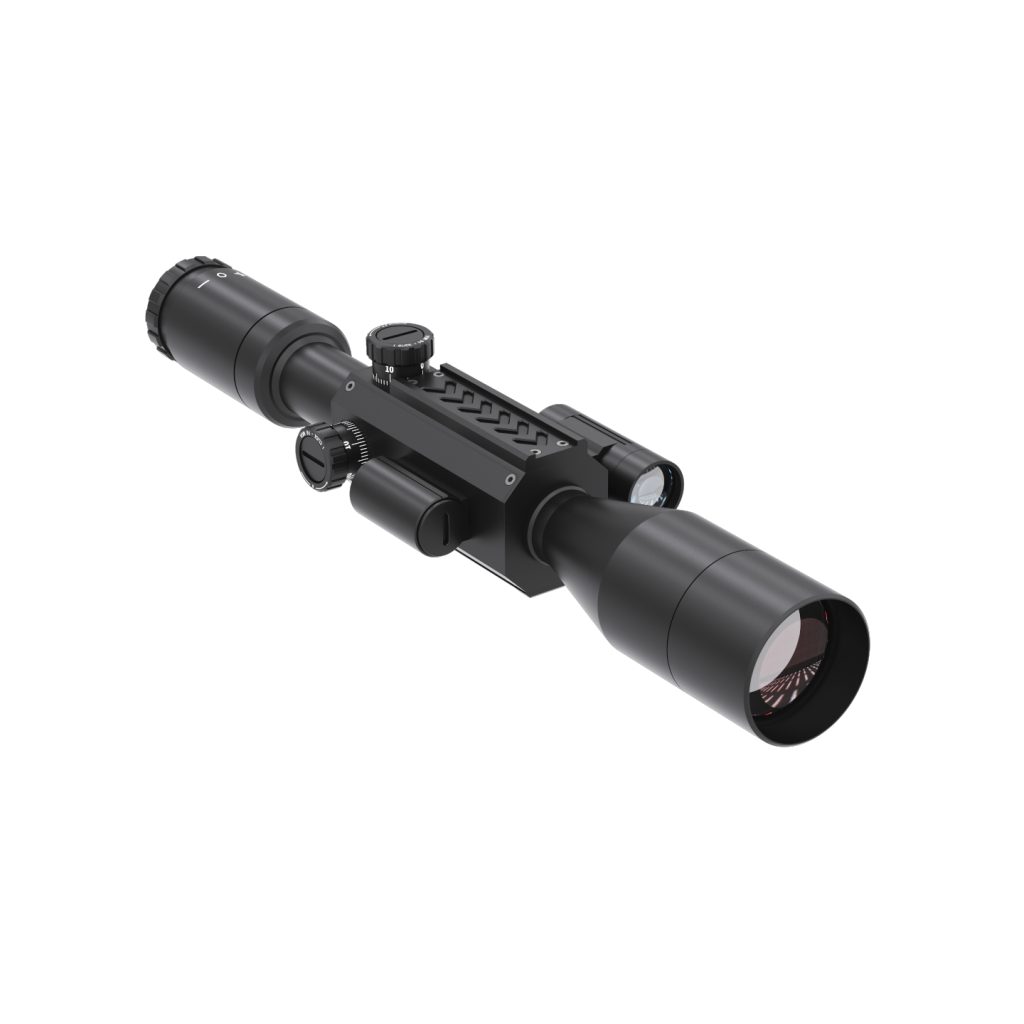In the long arc of precision shooting history, the rifle barrel and the scope are two sides of the same coin: the scope delivers clear, actionable data, while the barrel translates that data into precise kinetic output. This input-output synergy has driven over two centuries of sniper evolution. Authored by Michael, founder of FORESEEN OPTICS, this article – “The Phantom Blade and the Phantom Sight” – traces legacy and innovation in sniper rifles and optics. We’ll break down hallmark specifications, real-world applications, and technological breakthroughs across eras to give you a richer perspective on how rifles and scopes co-evolved to define modern, high-precision shooting.
Snipers are often called “ghosts on the battlefield,” not only for their stealth but for their single-shot lethality. From Timothy Murphy in the American Revolution to today’s digital fire-control networks, rifles and optics have iterated together. Michael grew up in China’s military-optics industry before founding FORESEEN OPTICS. With nearly 20 years in scope R&D and export, he combines archival research and cutting-edge optical data to present a comprehensive guide for American shooters who value both performance and heritage.
First Encounters: Smoothbore Rifles to Telescopic Sights
1777, Saratoga: At dawn’s mist-shrouded ridge, Timothy Murphy steadied his Pennsylvania Long Rifle and held his breath. Through rough iron sights, he watched a British commander pacing across an open knoll. In the silence, Murphy’s shot rang out, killing the target at 300 yards and marking North America’s first recorded sniper strike.
1655, A Telescope and Spider Silk: One moonlit night, English astronomer William Gascoigne noticed spider threads strung inside his homemade telescope. The delicate strands produced crisp crosshairs when illuminated by starlight – an epiphany that would take decades to adapt for rifles and lay the foundation for optical aiming.
1835, Early Rifle Scopes: Civil engineer John R. Chapman and gunsmith Morgan James crafted the first true rifle-mounted telescopes. They etched simple reticles into glass lenses at 3–6× magnification. Though unsealed and prone to fog and debris, these prototypes proved that true optical precision was possible.
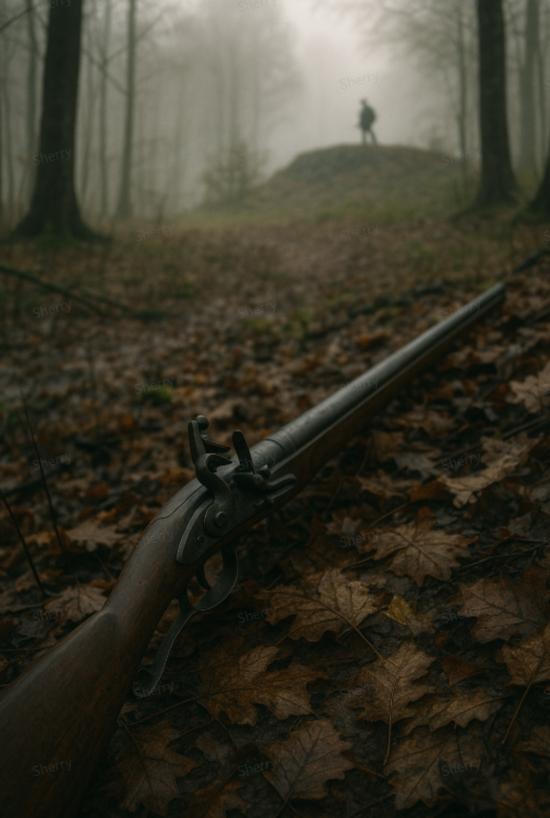
World Wars: Rise of Purpose-Built Sniper Systems
World War I: Machine Guns Reign, Snipers Operate in the Shadows
Trench warfare and relentless machine-gun fire dominated WWI. Yet, small teams of snipers quietly shaped the conflict’s outcomes. Germany’s Mauser 98 outfitted with 3× Geltsight scopes became the first formally trained sniper units. Snipers used enemy-suppressing fire as cover, targeting key officers and scouts to disrupt enemy formations. Their exploits remained largely hidden behind the roar of machine guns, surfacing only when static lines allowed long-range precision to shine.
World War II: Specialized Rifles and Diverse Optics
To streamline comparison, here’s a quick-reference table of key WWII sniper platforms:
| Platform | Optic | Magnification | Key Features |
| Kar98k Mauser | ZF41 / ZF42 | 4× / 6× | Selected match-grade barrels; 4× for 400 m, 6× for 1000 m; 1.8 kg trigger pull; backup iron sights retained. |
| Mosin–Nagant M91/30 | PT 4× / VP 4× → PE 3.5× | 4× → 3.5× | Early PT/VP optics, later PE side-mount improved reload speed and durability. |
| Springfield M1903A4 | M73 2.5× / M73B1 3× | 2.5× / 3× | Bolt action refined; iron sights removed for scope mounting; famed for reliability in combat. |
| Lee–Enfield No.4 Mk1(T) | No. 32 3.5× | 3.5× | Integrated MOA turret; selected barrels and triggers for consistency; standardized mount. |
In practice, only the finest Kar98k barrels were reworked into sniper rifles. A 4× scope meant lethal hits at 400 m, while 6× extended reach to 1000 m. Attention to trigger pull (1.8 kg) and retaining iron sights ensured functionality even if the optic was removed.
Similarly, the Soviet M91/30 began life with 4× PT or VP scopes. By 1937, they adopted side-mounted PE mounts with 3.5× optics, resolving bolt-handle clearance and boosting hit probability under fire.
The U.S. Springfield M1903A4, stripped of its iron sights, took M73-series scopes (2.5–3×) and earned its reputation as America’s go-to sniper rifle through battles in both dust and snow.
Tactical Takeaway: WWII cemented the formula “match-grade barrel + dedicated optic = sniper system.” Advances in reticle design, anti-reflective coatings, and nitrogen sealing all matured during this era.
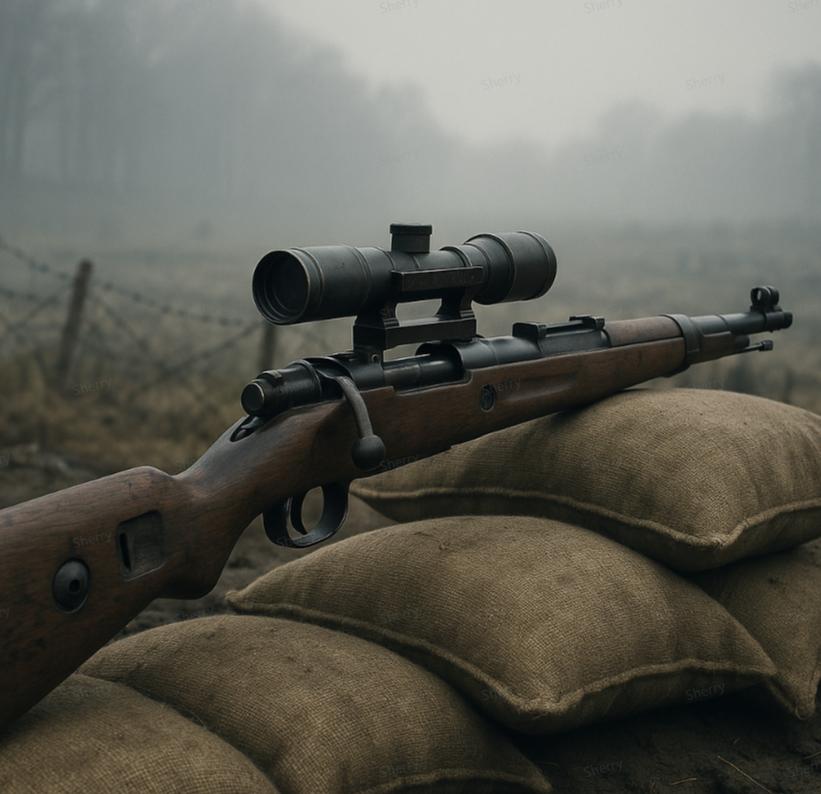
Cold War & Modernization: Semi-Autos, DMRs & High-Power Scopes
Vietnam Era: The M21 system married the M14 rifle with the ART II 3–9× ballistic scope, automatically compensating elevation as magnification changed, boosting hit rates at 800 m.
1988 Onwards: The U.S. military standardized the Leupold Mk 4 LR/T 10×42, featuring ¼ MOA turrets and Mil-Dot reticles, setting the benchmark for precision sniper rifles.
German G28 DMR: Configured with Schmidt & Bender PM II 3–20×50 on an HK 417 platform, this squad rifle bridges 600–800 m engagements with modular flexibility.
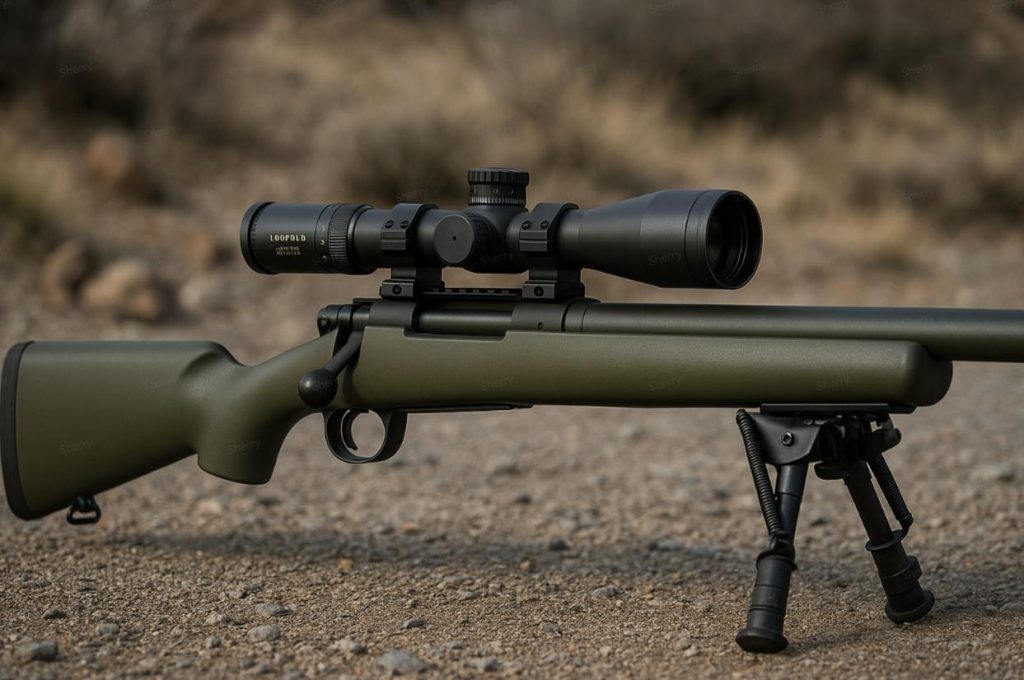
Heavy & Specialized Platforms: Anti-Materiel, Grenade Launchers & Beyond
| Platform | Caliber | Fire-Control / Optic | Highlights |
| Barrett M82/M107 | .50 BMG | Leupold Mark 4 4.5–14×50 | Retains zero under massive recoil; high-tower MOA turrets; day/night & rangefinder options. |
| CheyTac M200 Intervention | .408 CT / .375 CT | Nightforce NXS 5.5–22×56 | 22× max, effective past 2500 m; titanium receiver & sealed internals. |
| Sako TRG M10 | Multi (.308–.300 Win) | Schmidt & Bender PM II 5–25×56 | Multi-caliber conversion; ballistic turret; integrated shock absorption. |
| Sniper Grenade Launcher SGL 1650 | 40×53 mm | 1–6× hybrid optic + laser rangefinder | Quick toggle between rifle and grenade modes; semi-auto; ballistic fire-control for 300–600 m. |
Pro Tip: High-caliber platforms demand >100 MOA elevation and robust shockproofing. Premium builders use titanium bodies and hermetic sealing for longevity.
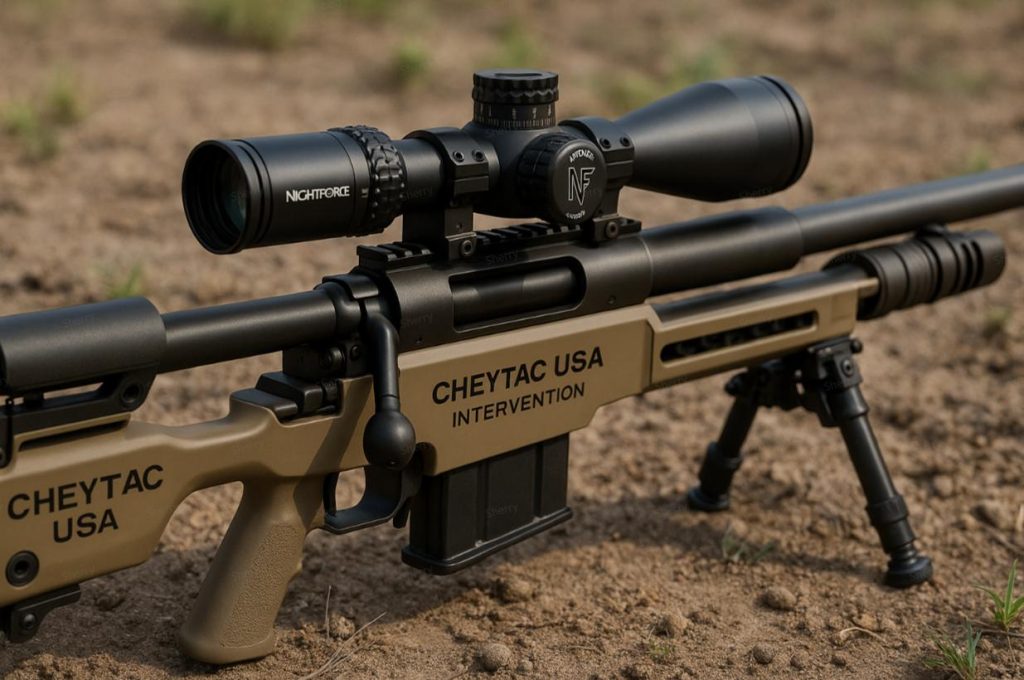
The Digital Optics Era: Networked Fire Control & Smart Rifles
- TrackingPoint XS1 – Combines 6–30× digital scope, laser rangefinder, environmental sensors and guided trigger; boasts a 70% first-shot hit probability at 1000 yd.
- DARPA EXACTO – Experimental self-steering bullet that corrects its trajectory in flight at distances beyond 2000 m, shattering conventional ballistic limits.
- LPVO Revolution – The Vortex Razor HD Gen III 1–10×24 blends rapid close-range target acquisition (1×) and long-range observation (10×) in a 21 oz package. Since 2015, FORESEEN OPTICS has OEM-manufactured LPVOs, now accounting for over half of its rifle scope exports.
Collaboration Insight: Sensor fusion, wireless data links, and programmable reticles have elevated scopes from passive sighting to active computation, driving upgrades in ballistic materials and interface standards.
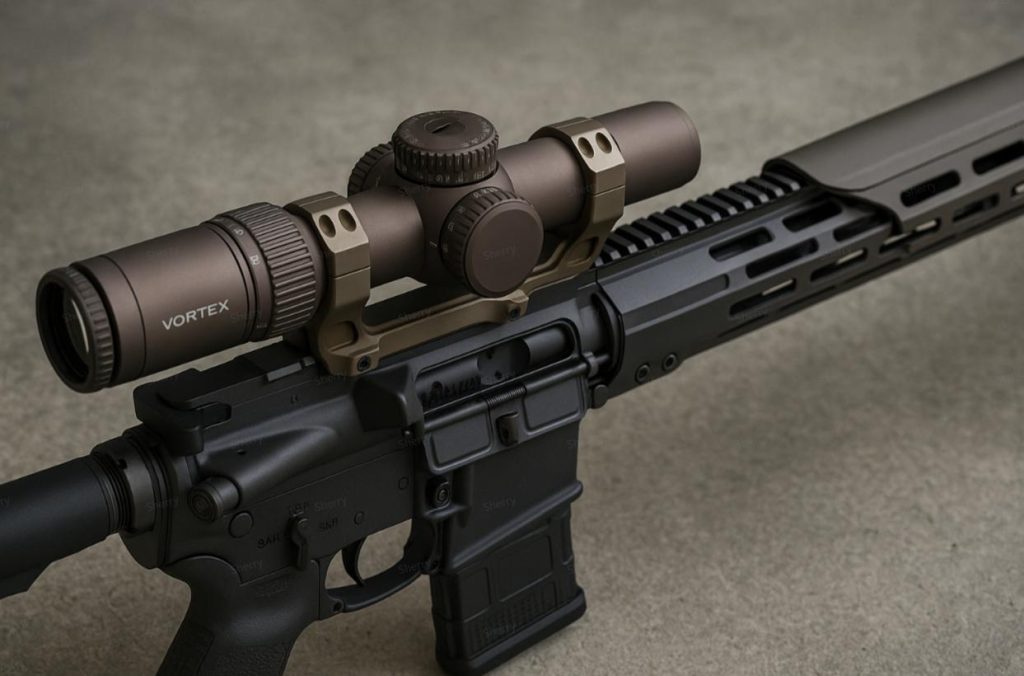
Future Outlook: From Mechanics to Algorithms
- Interface Standardization – NATO STANAG 4694 and ARCA Swiss rails let scopes, wind meters, and thermal modules snap onto any platform.
- AI Fire Control – Real-time object recognition highlights threats in the reticle, offering AR-style aiming aids.
- Advanced Lens Materials – Calcium fluoride + ED glass cut distortion; nano-coatings boost light transmission beyond 95%.
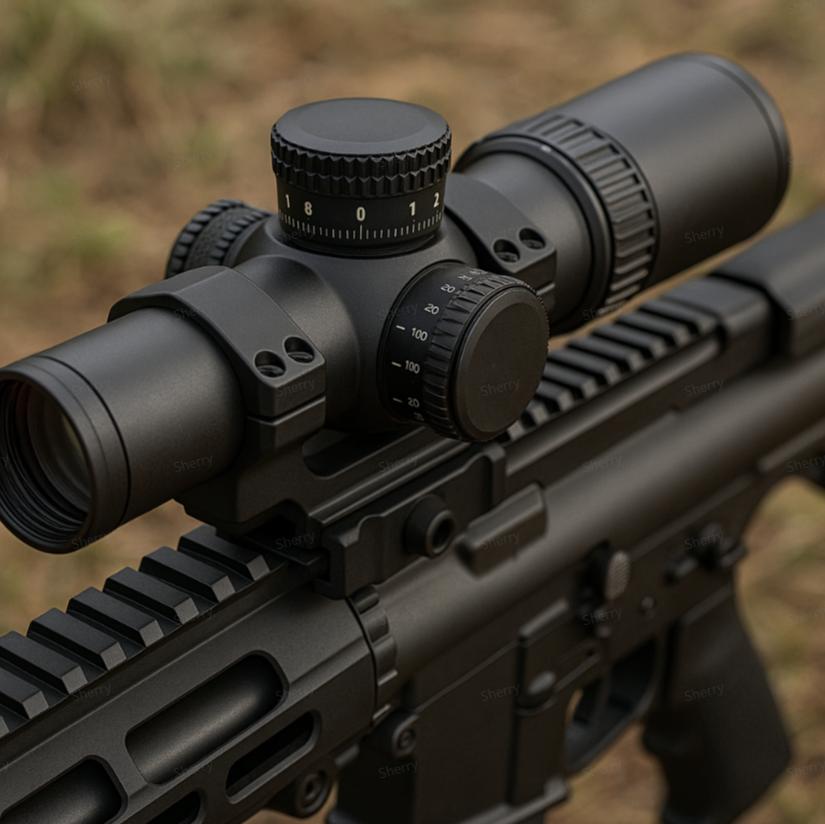
From Murphy’s smoothbore shot to today’s integrated laser-rangefinding, temperature sensors, and digital reticles, the Phantom Blade and the Phantom Sight evolve in tandem. Rifles provide the precise mechanical base; scopes translate data into actionable visuals. This synergy narrows the gap between. Looking into the future, when artificial intelligence and controllable ballistics become more mature, snipers will no longer be just ghosts hiding in the dark, but real-time networked battlefield nodes. The era of precise, covert and lethal beyond-visual-range strikes is coming. FORESEEEN OPTICS will also launch more products suitable for the future market demand for sights as the underlying technology develops.

